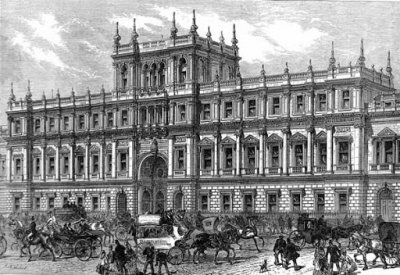
The Royal Society was the leading national organization for the promotion of scientific research in Britain. It is also the oldest national scientific society in the world.
The origin of the society can be traced back to November 28, 1660, when twelve men met. They decided to set up a College for promoting ‘Physico-Mathematicall Experimentall Learning’. These men included scientist Robert Boyle, architect Christopher Wren, Bishop John Wilkins and the courtiers Sir Robert Moray and William, 2nd Viscount Brouncker.
Brouncker went on to become the first president of the Royal Society. King Charles II granted a royal charter for it as ‘The Royal Society’. Through the royal charter the society got an institutional structure- a president, treasurer, secretaries, and council. The society has always remained a voluntary organization, independent of the British state despite receiving royal patronage from the beginning.
The conduct and communication of science was revolutionized by the Society. In 1665 itself, Hooke’s Micrographia and the first issue of Philosophical Transactions were published. Philosophical Transactions is now the oldest continuously-published science journal in the world.
The Royal Society also published Isaac Newton’s Principia Mathematica, and Benjamin Franklin’s kite experiment demonstrating the electrical nature of lightning.
Picture Credit : Google

